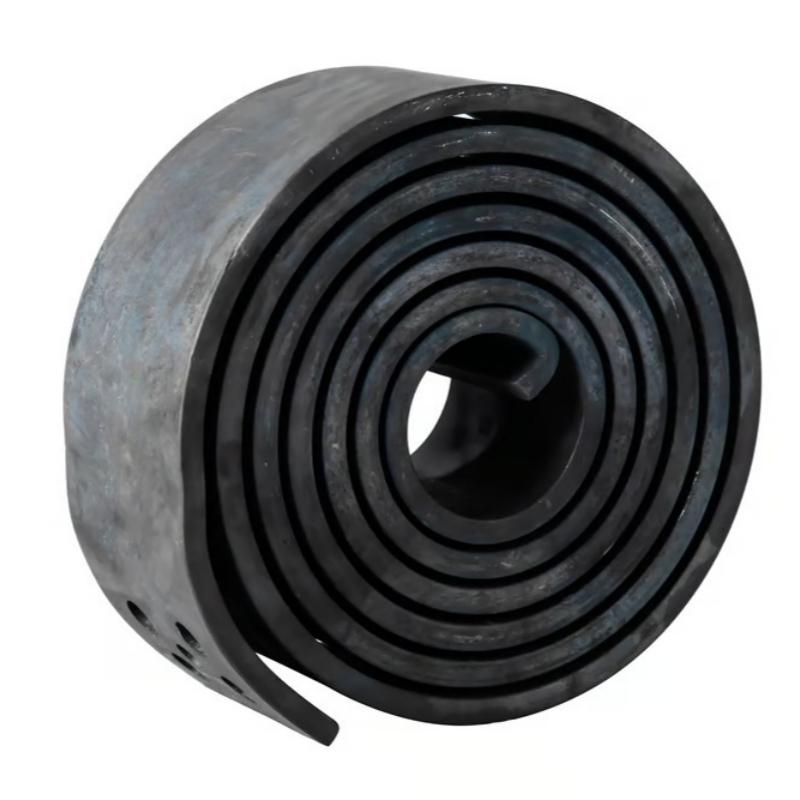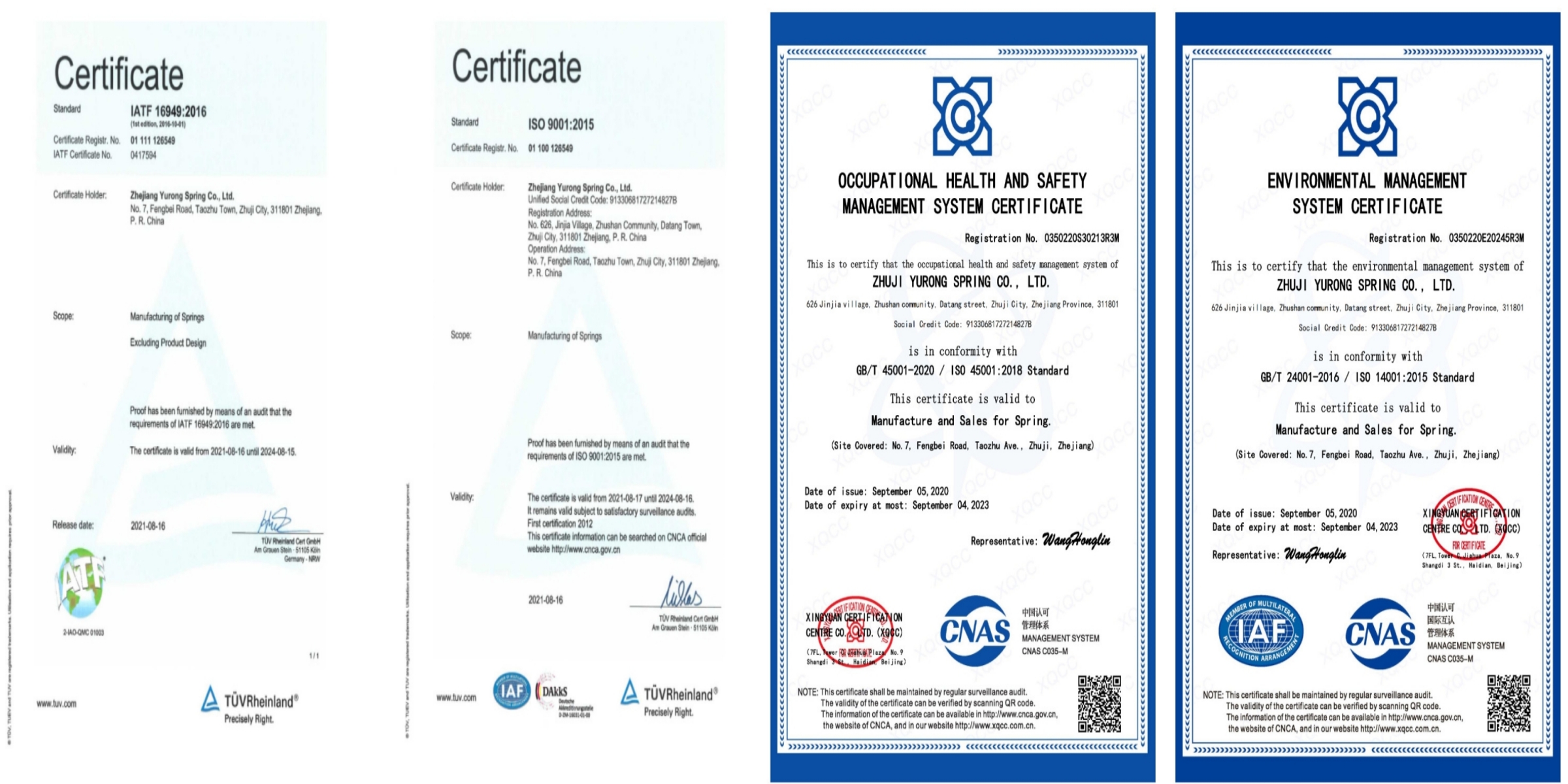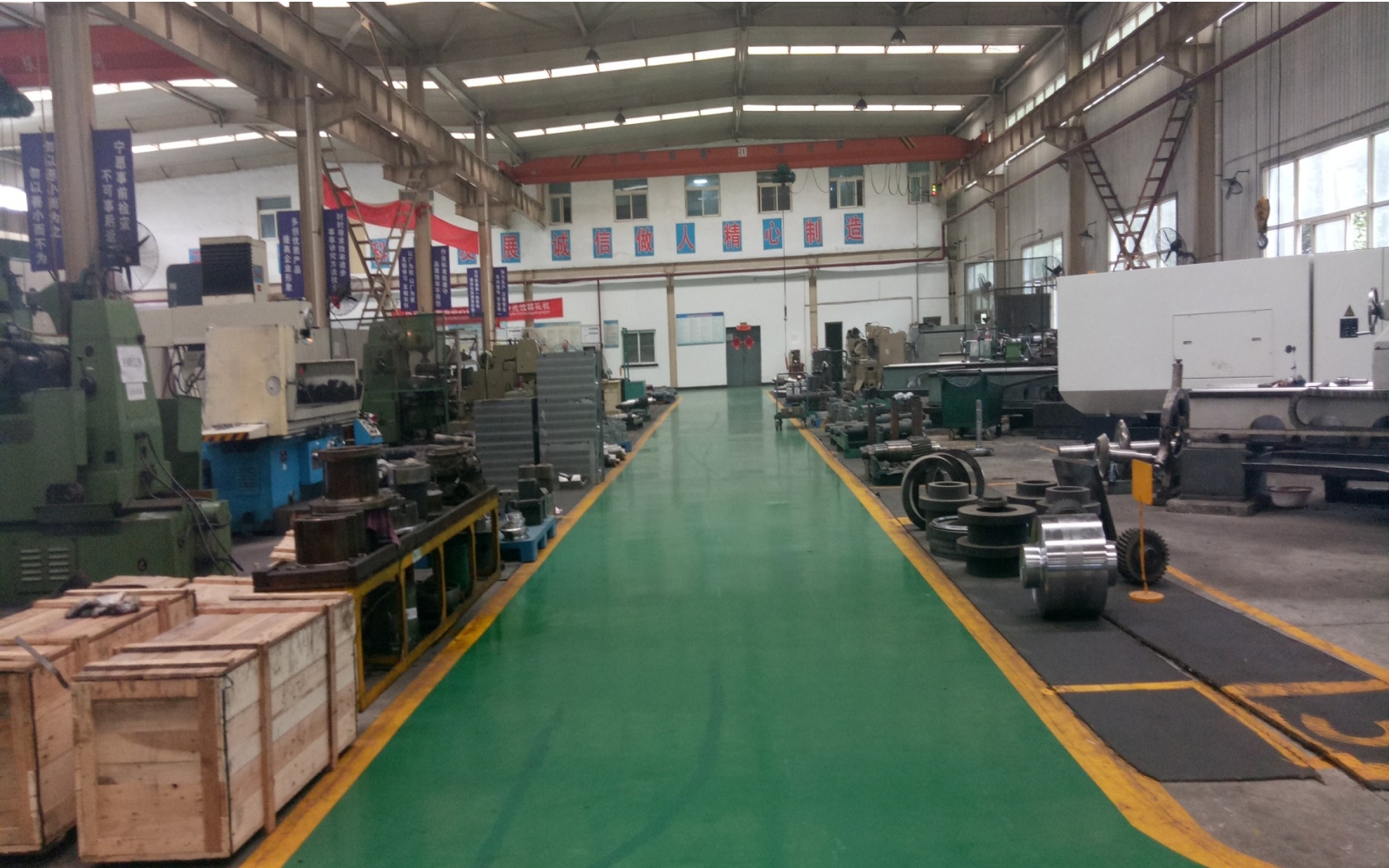
High-quality flat spiral springs
Application:Specialized for customization according to customer requirements, with high rigidity.
Design team and technical team: Our design and technical experts collaborate to provide innovative and meticulously crafted products for clients. We specialize in spring design,manufacturing, and optimization.
One-stop service: Zhejiang Yurong Spring Co., Ltd. builds its own brand in terms of management mode, quality management, and brand image, earning trust and reliability.
Flat Spiral Springs: An Introduction to Their Design and Applications
Introduction:
Flat spiral springs are a type of mechanical spring that is widely used in various industries due to their unique design and properties. This article aims to provide an overview of flat spiral springs, their design considerations, and applications in different fields.
1. The Design of Flat Spiral Springs:
1.1. Construction:
Flat spiral springs are typically made from flat strip materials, such as stainless steel or carbon steel. The strip is wound in a spiral shape, with each coil touching the adjacent one. This construction allows the spring to store and release energy when subjected to compression or tension.
1.2. Dimensions and Parameters:
The design of flat spiral springs involves determining various dimensions and parameters. These include the outer and inner diameters, strip thickness, coil pitch, number of coils, and the material properties. Each parameter affects the spring's performance, such as its load-bearing capacity and deflection characteristics.
1.3. End Configurations:
Flat spiral springs can have different end configurations depending on the application requirements. Common end types include straight ends, tangential ends, or special hooks. The choice of end configuration affects how the spring is attached to the mating components and influences its overall performance.
2. Applications of Flat Spiral Springs:
2.1. Electrical and Electronics Industry:
Flat spiral springs find extensive use in electrical and electronics applications. They are commonly used in connectors, switches, relays, and other components requiring precise and reliable contact forces. The spring's compact size and high resilience make it ideal for these applications.
2.2. Automotive Industry:
In the automotive industry, flat spiral springs are utilized in various mechanisms, such as seatbelt retractors, clutch systems, and fuel injection systems. Their ability to withstand high forces, while maintaining dimensional stability and durability, makes them suitable for these demanding applications.
2.3. Medical Devices:
Flat spiral springs play a crucial role in medical devices, particularly in surgical instruments and implantable devices. They provide precise force control, ensuring the correct operation of instruments like forceps or retractors. Additionally, they are used as components in pacemakers, prosthetics, and other medical implants.
2.4. Mechanical Engineering:
Flat spiral springs are widely employed in mechanical engineering applications. They are used in mechanisms where linear or rotational forces need to be applied or controlled. Examples include door closers, timers, damping systems, and precision measuring instruments. The versatility of flat spiral springs allows them to be tailored to meet specific requirements in these applications.
Conclusion:
Flat spiral springs offer unique advantages due to their design and construction. Their versatility, compact size, and ability to store and release energy make them a preferred choice in various industries. Understanding the design considerations and applications of flat spiral springs is crucial for engineers and designers to utilize their potential effectively.



